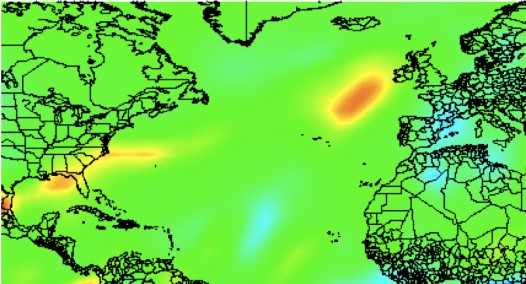Capabilities of a Coupled 1D/2D Model for Flood Inundation Simulation
Flood modeling is an important tool for decision makers in the field of natural risk management. River engineers and managers use physically-based models to evaluate flood inundation risk. The models simulate probable inundation damage to a given area depending on several flood scenarios with different intensity, duration and return period. Model reliability is assessed by confronting simulation results and real data in a calibration process: starting from a real inundation that occurred, with a given return period. The difference between real data and the output of modeled data is minimized by adjusting some parameters of the model. Continuing from these adjusted parameters, the model is then validated by checking whether the difference is acceptable for other flood events with available real data. Research in this field concerns model development through physical equations using confidence-level assessment at the calibration/validation step. By following this methodology of comparison between real data and simulations, the model is refined.
In this way, the Water Center is studying the the physically-based model LISFLOOD-FP developed by researchers at the University of Bristol (Bates and De Roo, 2000). Using flood events at the scale of a French watershed we evaluate capabilities of this model that offer an original coupled 1D/2D approach, and also reflect on how the flood models can benefit other kinds of models.
Physically-based flood models allow researchers to simulate probable damage for a given area depending on different flood scenarios. Thanks to such models, possible protections against natural flood risk can then be designed and assessed. Nevertheless, simulated results cannot be trusted blindly. Therefore, the evaluation of confidence levels of such tools is an important part of the flood modeling research field.
Read the full paper "Capabilities of a Coupled 1D/2D Model for Flood Inundation Simulation".

